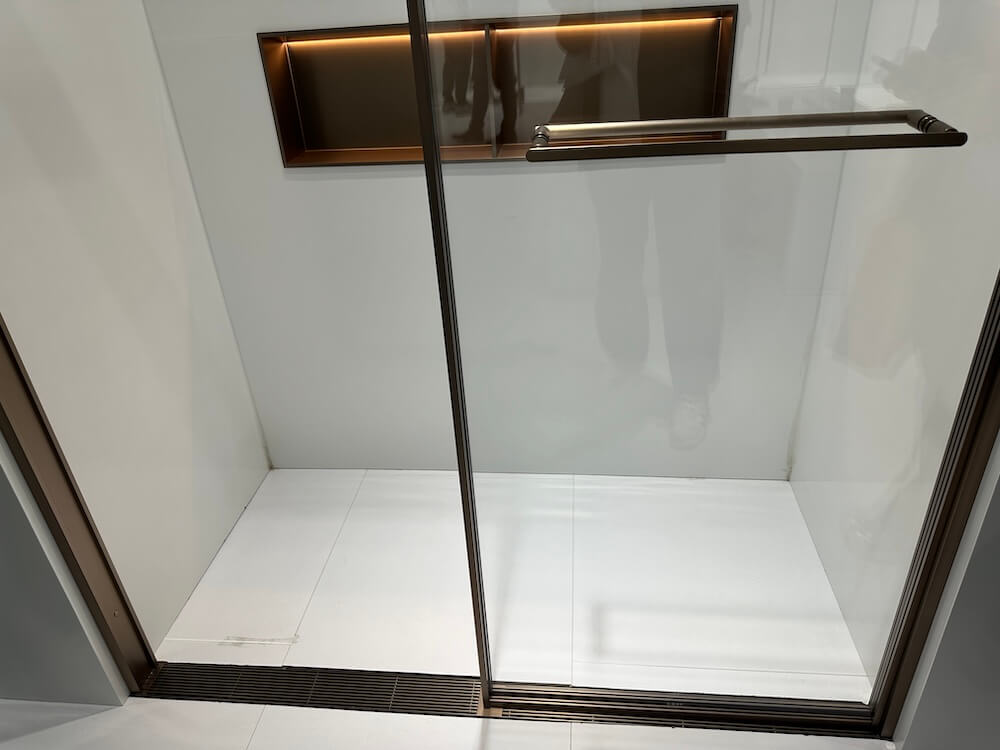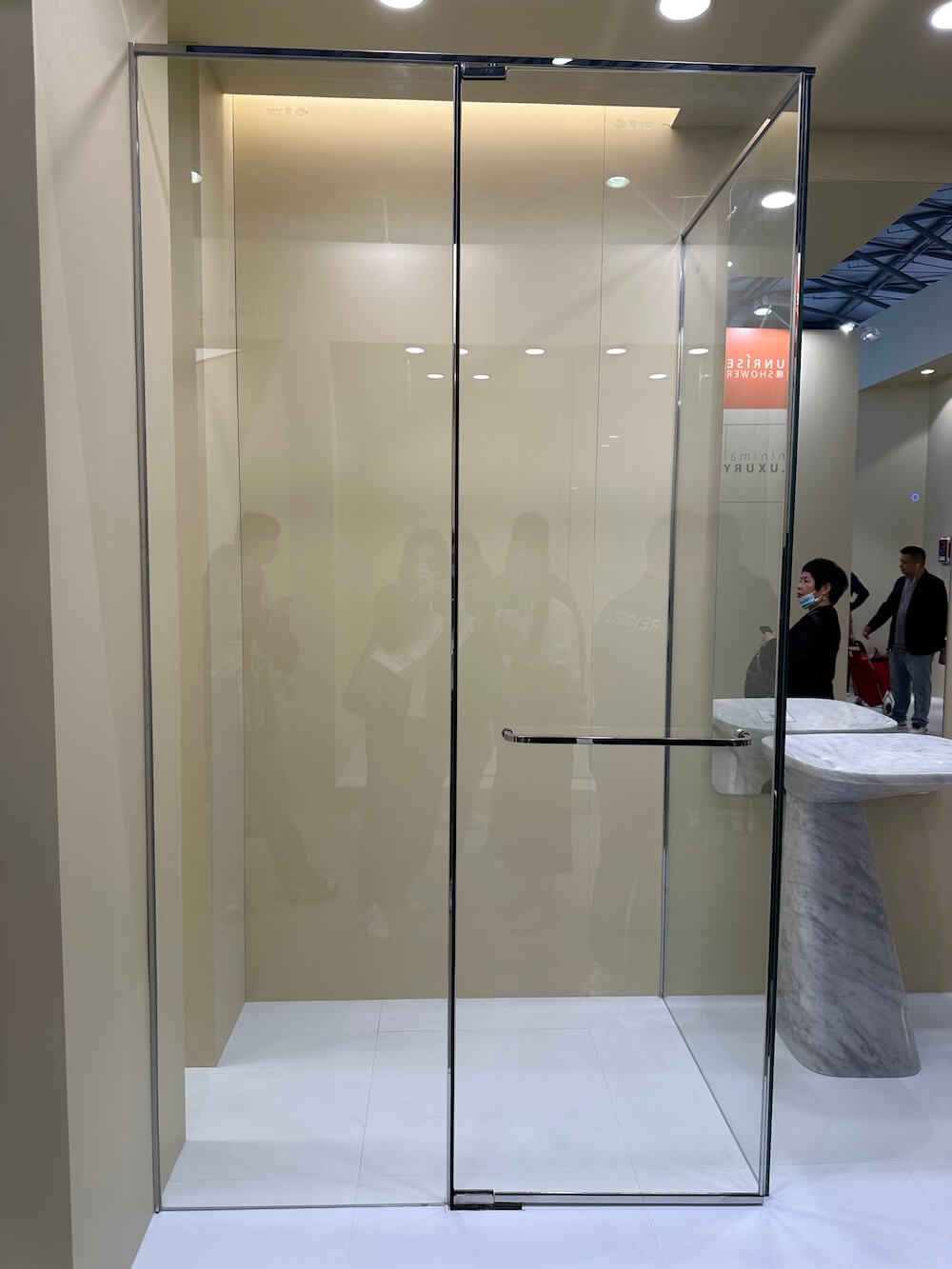Designing accessible bathrooms is essential for improving safety, comfort, and independence for elderly and disabled individuals. Shower enclosures play a key role in making bathrooms functional, easy to navigate, and compliant with accessibility standards. Choosing the right enclosure can reduce fall risks, provide better mobility support, and enhance the overall bathing experience.
This guide explores how shower enclosures contribute to accessible bathroom design, what features to prioritize, and how businesses can select the best solutions for elderly and disabled clients.
1. Why Shower Enclosures Are Essential for Accessible Bathrooms
Traditional bathtubs and high-threshold showers can be difficult for elderly and disabled individuals to use. A well-designed shower enclosure eliminates barriers, reduces hazards, and promotes ease of movement.

- Walk-in enclosures reduce the need to step over high thresholds, lowering the risk of slips and falls.
- Non-slip flooring and grab bars inside the enclosure offer additional support.

- Barrier-free enclosures allow wheelchair users or individuals with mobility aids to bathe with minimal assistance.
- Easy-to-open doors and lever handles provide better accessibility for those with limited hand strength.

- Many public and residential projects require compliance with ADA (Americans with Disabilities Act) or similar international standards.
- Accessible shower enclosures must have wide entry points, proper drainage, and secure handrails.


2. Key Features of Accessible Shower Enclosures
Choosing the right shower enclosure involves selecting features that enhance mobility, safety, and ease of use.

- Zero-threshold designs allow for easy wheelchair access and walker compatibility.
- Eliminates the tripping hazard of raised edges found in standard showers.

- Hinged or sliding doors must be at least 900mm wide for wheelchair access.
- Frameless glass doors provide a clear, unobstructed entrance.

- Reduces the risk of injury in case of breakage.
- Frosted or textured glass improves privacy without reducing visibility.

- Slip-resistant coatings on shower trays enhance stability.
- Textured bases prevent falls, even when the floor is wet.

- Strategically placed handrails inside the enclosure assist with balance and movement.
- Stainless steel or reinforced grab bars can support over 100kg of weight.

- Provides a comfortable seating option for those who cannot stand for long periods.
- Rust-resistant, waterproof materials ensure durability.

- Prevents water leakage while ensuring doors are effortless to open and close.
- Ideal for users with arthritis or limited hand mobility.

3. Types of Shower Enclosures for Accessible Bathrooms
Different shower enclosure styles offer various benefits depending on space constraints and user needs.

- No door, no threshold, and open access for easy entry.
- Requires a well-designed drainage system to prevent water from spreading.

- Saves space while offering wide entry clearance.
- Frameless designs allow for smoother wheelchair navigation.

- Hinged doors swing outward for full access.
- Bi-fold doors fold inward to save space while still allowing easy entry.

- Half-height doors allow caregivers to assist users without excess splashing.
- Common in hospitals, rehabilitation centers, and assisted living facilities.


4. Compliance with Accessibility Regulations
To meet global accessibility standards, shower enclosures must follow specific guidelines for dimensions, safety, and usability.

- Minimum shower size: 1500mm x 1500mm for roll-in access.
- Grab bars required at multiple heights for support.
- Slip-resistant surfaces and adequate drainage are mandatory.

- Requires level-access showers in new buildings and renovations.
- Handrails and shower seats must be provided in accessible bathrooms.

- Shower enclosures must accommodate turning space for wheelchairs.
- Entryways should be at least 850mm wide with lever-style handles.

5. Selecting the Right Shower Enclosures for Commercial and Residential Projects

- Homeowners prefer customizable frameless enclosures that blend with décor.
- Walk-in designs with integrated seating improve safety without sacrificing style.

- Durability and low-maintenance materials are key.
- Pre-sized enclosures with built-in grab bars reduce installation complexity.

- Half-height enclosures with waterproof curtains allow caregiver assistance.
- Adjustable-height showerheads and foldable seats improve flexibility for different users.

Conclusion
Shower enclosures play a vital role in making bathrooms safer, more accessible, and compliant with global accessibility standards. Whether for homes, hotels, hospitals, or public spaces, the right enclosure ensures independence, convenience, and reduced accident risks for elderly and disabled users.





By prioritizing accessibility in shower enclosure design, businesses and homeowners can create safe, functional, and inclusive bathrooms that enhance quality of life for elderly and disabled individuals.
